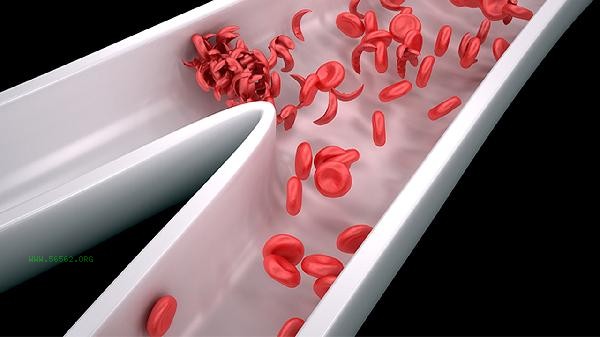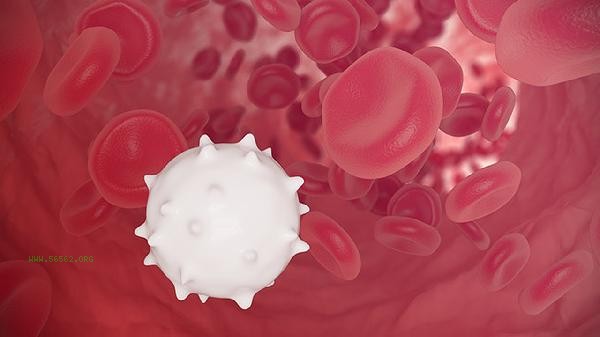The hematocrit of 39.2% is generally within the normal range, but it needs to be comprehensively judged based on specific gender, age, and health status. The hematocrit reflects the proportion of red blood cells in the blood, with a normal value of 40% -50% for adult males and 35% -45% for females.

The hematocrit of 39.2% is close to the lower limit of normal values for males or in the middle to high range of normal values for females. If it is an adult male, it may indicate mild anemia, long-term malnutrition, or chronic blood loss, and it is necessary to observe whether it is accompanied by symptoms such as fatigue and dizziness. If it is an adult female, there is usually no need for special intervention, but pregnant women may have lower values due to physiological blood dilution. Residents in high-altitude areas or long-term smokers may have higher values due to compensatory red blood cell count, but 39.2% is still within the safe range. Dehydration and vigorous exercise before the physical examination may cause a transient increase in numerical values. It is recommended to maintain an empty stomach and avoid vigorous activity during the follow-up examination. In rare cases, hematocrit 39.2% may be associated with abnormal bone marrow hematopoietic function, chronic inflammation, or tumor related diseases, but it is usually accompanied by other abnormal indicators such as decreased hemoglobin and changes in white blood cell count. Children have slightly lower normal values than adults due to their growth and development characteristics, while elderly people may experience a decrease in values due to physiological hematopoietic dysfunction. Hematological disorders such as aplastic anemia and hemolytic anemia can cause significant deviations from the normal range, but abnormal indicators alone are not sufficient for diagnosis.

It is recommended to regularly review blood routine and compare historical data. If there are persistent abnormalities or other symptoms, further tests such as serum ferritin, vitamin B12, folate levels, and bone marrow puncture are needed. Pay attention to a balanced diet in daily life, supplement animal liver, red meat, and dark vegetables rich in iron in moderation, and avoid long-term consumption of strong tea or coffee that affects iron absorption. Moderate aerobic exercise can promote blood circulation, but excessive exercise may exacerbate blood concentration or dilution.









Comments (0)
Leave a Comment
No comments yet
Be the first to share your thoughts!